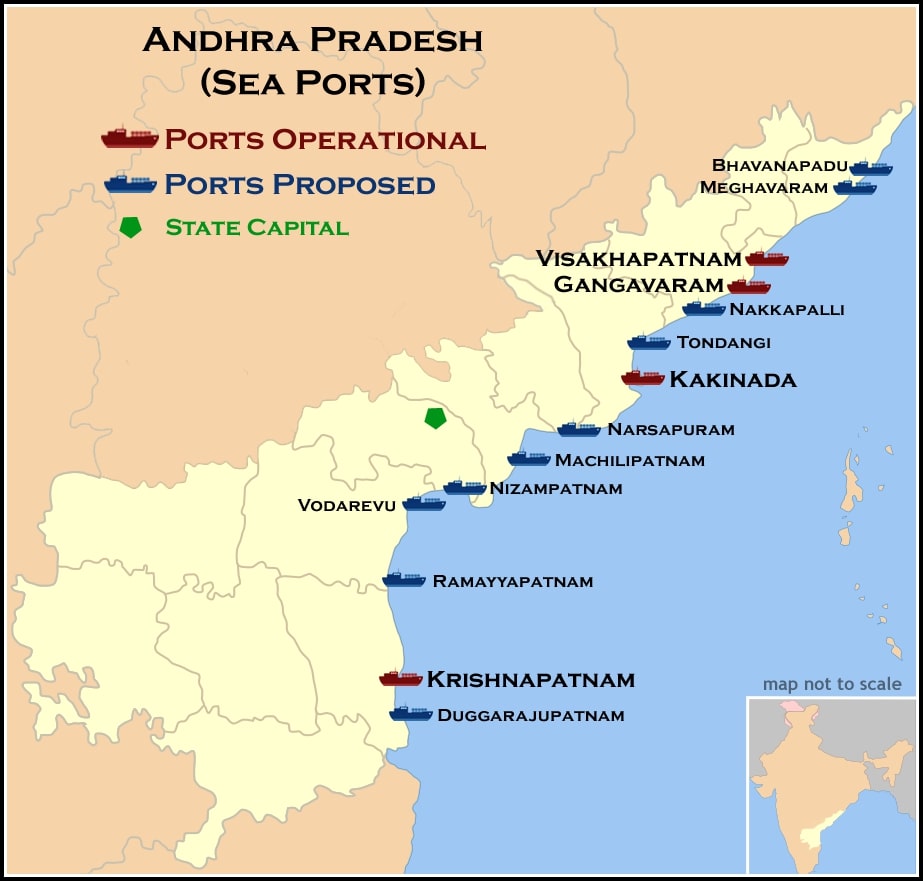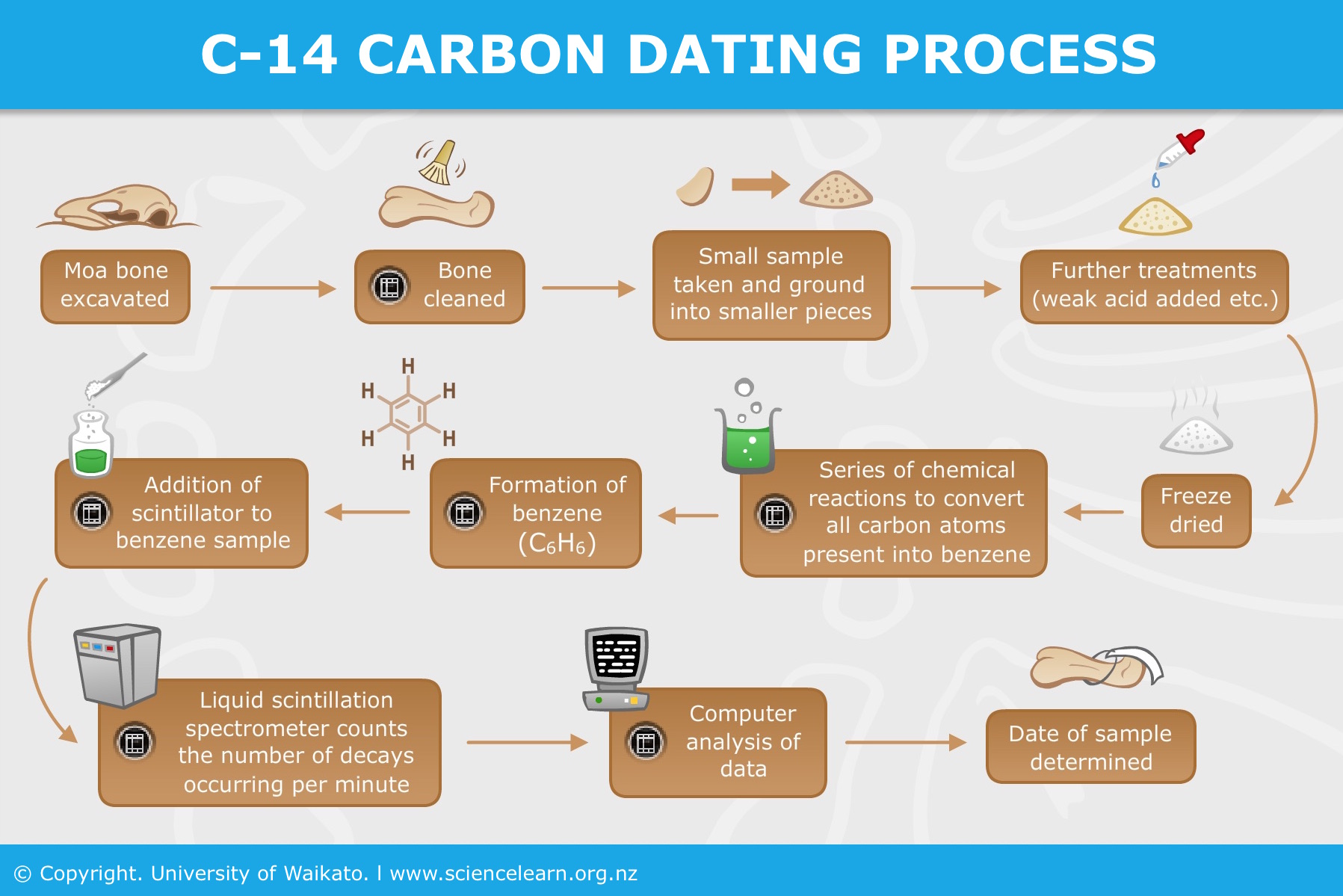Bhutan has reopened its borders to tourists, but with a catch: a $200-per-night tax.
Reference
The seaport proposed at Machilipatnam in Krishna district got Coastal Regulation Zone (CRZ) clearance from the National Centre for Sustainable Coastal Management recently.

Reference
Thousands of young activists took to the streets across the world for the Fridays for Future, demanding stronger policies for loss and damage as well as climate reparation from governments in their countries.
Reference
A district court in Varanasi allowed a petition seeking carbon dating of the structure inside the Gyanvapi mosque that the Hindus claim as a ‘Shivling’.
Carbon-12 is stable and does not decay, while carbon-14 is radioactive.
The ratio of C-12 to C-14 in the atmosphere is almost static, and is known.

Reference
India’s Reliance Industries Ltd has developed the catalytic hydrothermal liquefaction technology to convert algae biomass to oil.
The benefits of the catalytic hydrothermal liquefaction technology include direct utilisation of wet biomass without any need for drying and conversion of every organic fragment of biomass into oil and without any wastage.
The biofuel made from microalgae is known as algal fuel, algal biofuel, or algal oil.
The biofuel made from seaweed (macroalgae) is known as seaweed fuel or seaweed oil.
Reference